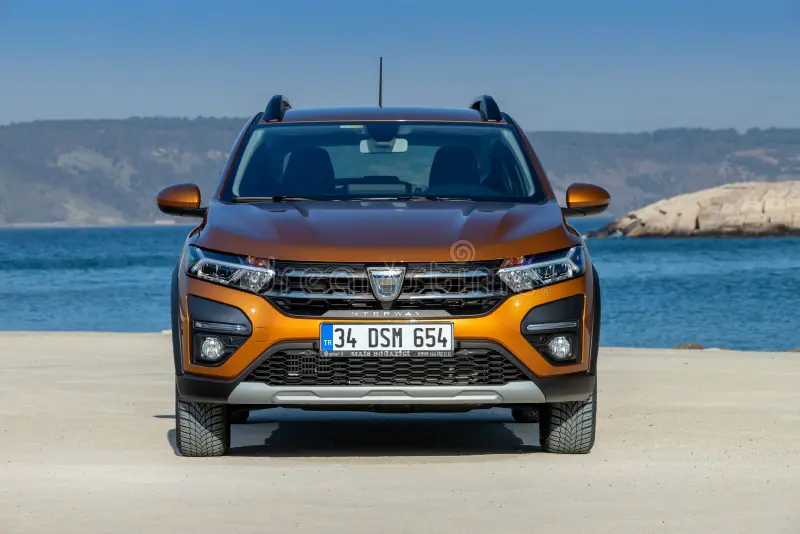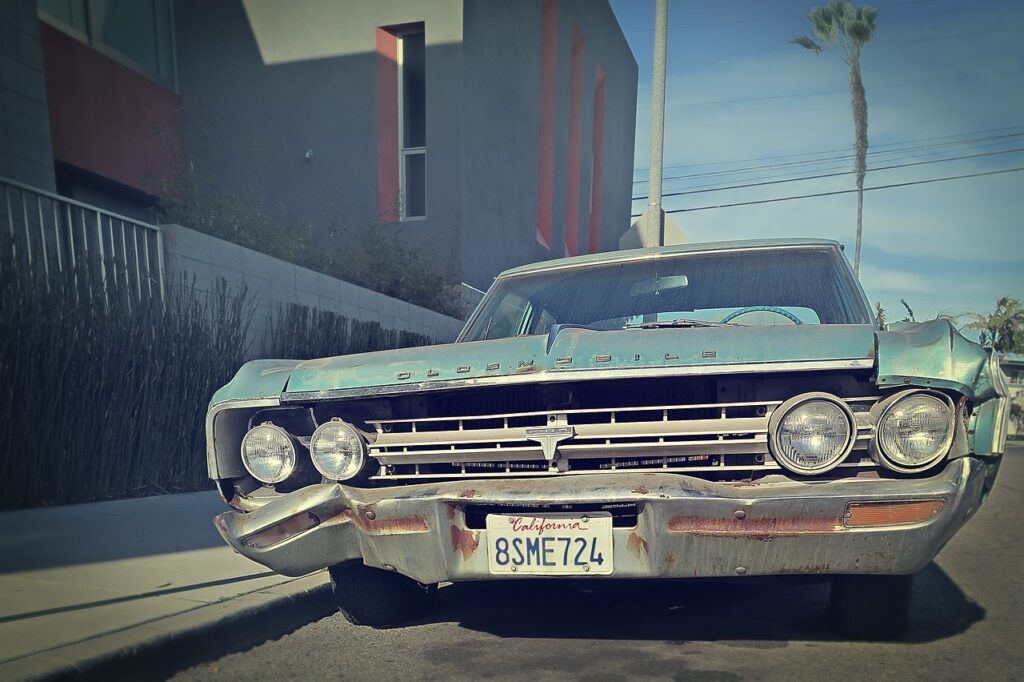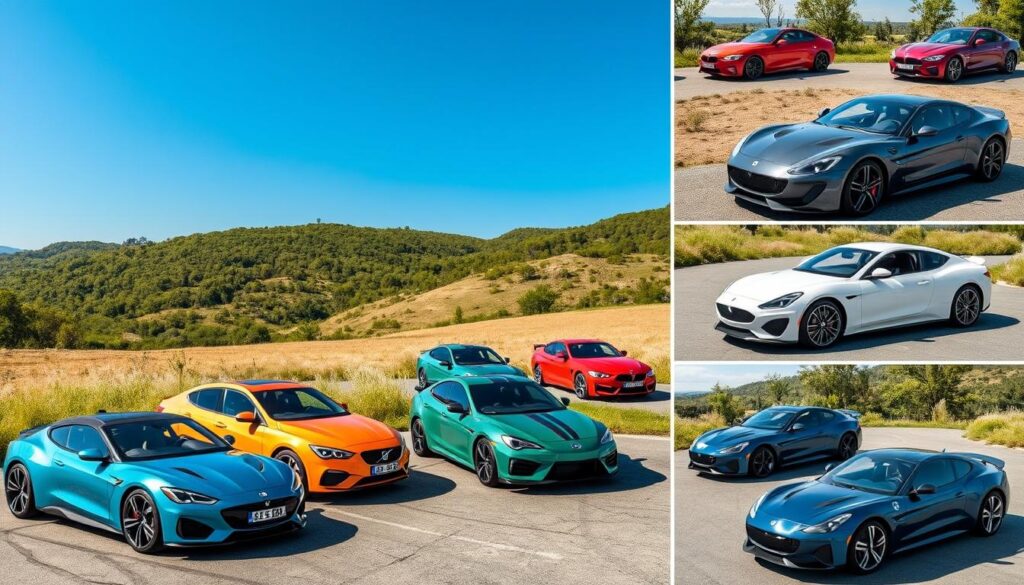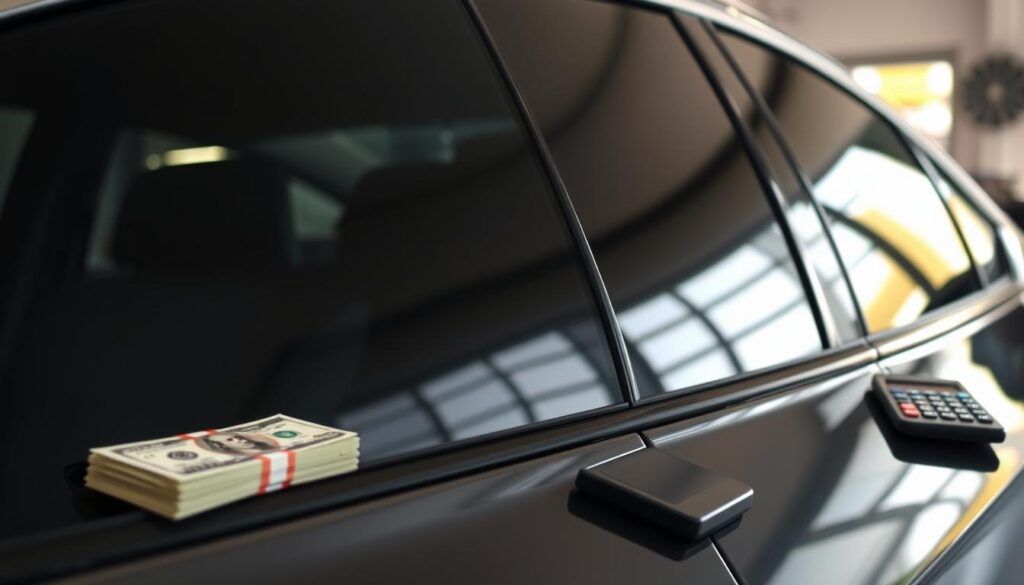The Ultimate Dacia Sandero Review 2025
Discover why the 2025 Dacia Sandero (Review) isn’t just a bargain—it’s a game changer in the small car segment. This comprehensive review dives into every detail, from its modern design and performance credentials to its practical, budget-friendly appeal. Read on for a deep-dive analysis that shows how the Sandero stands apart in a crowded market. A Fresh Look at the 2025 Dacia Sandero The 2025 Dacia Sandero redefines what it means to drive smart on a budget. Built on the robust Renault-Clio platform and infused with contemporary design elements, the Sandero transforms the idea of an “economy car” into a statement of intelligent engineering. With its name rooted in the Greek word for “warrior,” this car is ready to battle high price tags while delivering a fully rounded driving experience. At first glance, the Sandero’s exterior exudes confidence. Its clean lines, purposeful grille, and low, wide stance communicate strength and stability. Unlike many budget cars that cut corners, the Sandero’s design is thoughtful and modern—combining efficiency with style without sacrificing functionality. Dacia Sandero Review 2025 Design and Styling: Bold, Minimal, and Modern Exterior Appeal That Doesn’t Compromise Forget ostentatious details; the Sandero is all about smart, streamlined design. Every line has a purpose, contributing to both the car’s aerodynamics and its striking visual presence. The front end is dominated by a bold grille, flanked by sleek headlamps that instantly catch the eye. Even subtle chrome accents are used judiciously to elevate the look without driving the price tag sky-high. The car’s profile speaks of modern minimalism, ensuring that while it might not boast extravagant curves, it maintains an aura of understated elegance. The design is a clear message: practical can be pretty, and affordable doesn’t mean boring. Interior Design: Comfort Meets Intelligent Functionality Step inside the 2025 Sandero, and you’re greeted with a cabin designed for real life. Spacious and user-friendly, the interior focuses on driver comfort and ease of use. A high-set instrument panel, straightforward controls, and logical placement of features make every drive both enjoyable and intuitive. The materials, though practical and durable, have been carefully selected. Hard plastics are present but tastefully integrated, ensuring longevity without sacrificing aesthetics. Upgraded trims—such as the Expression variant—introduce fabric accents and refined touches that add a layer of sophistication, proving that every inch of the Sandero is engineered for smart efficiency. Under the Bonnet: Performance and Driving Dynamics Engine Options That Deliver More Than Expected The Sandero offers two turbocharged 1.0-litre TCe engine variants: the TCe 90 and the TCe 100 Bi-Fuel. The TCe 90, generating a modest 90bhp, is perfectly suited for urban commutes and everyday driving. It accelerates from 0-62mph in around 12.2 seconds—a pace that’s more than adequate for most scenarios. For those seeking a bit more performance without compromising fuel economy, the TCe 100 Bi-Fuel is the standout option. With 99bhp and the dual-fuel capability of running on both LPG and petrol, it delivers a noticeably smoother and more responsive drive at low speeds. This engine variant combines efficiency with enough power to make every journey engaging, while also cutting down on running costs. A Driving Experience Built on Confidence Behind the wheel, the Sandero’s well-tuned suspension quickly becomes apparent. It’s engineered to absorb road imperfections with ease, ensuring that even on bumpy surfaces the ride remains composed and comfortable. While it’s not intended to be a high-performance sports car, the Sandero provides a stable and predictable driving experience that instills confidence whether you’re in urban traffic or on the motorway. Handling is balanced and secure. The steering, with its well-weighted feel, makes maneuvering through tight city streets effortless, even if the car does exhibit a bit of body roll on sharper turns. Noise levels—especially wind and road noise at higher speeds—do creep in, but these are acceptable trade-offs given the Sandero’s incredibly attractive price point. Transmission: Simple, Responsive, and Reliable For the purists who enjoy the feel of a manual gearbox, the Sandero delivers a satisfying experience. The clutch has a well-defined biting point, and gear shifts are smooth and precise. For those preferring the ease of an automatic transmission, the top-trim Journey variant provides a competent option—though with a slightly softened edge that might not be for everyone. Ultimately, the transmission options ensure that the Sandero caters to both traditionalists and modern drivers alike. Inside the Cabin: Tech, Comfort, and Practicality A Driver-Centric Layout The Sandero’s cabin is all about making the driver’s life easier. Adjustable seating options, including a height-adjustable driver’s seat and telescopic steering wheel (in higher trims), allow for a tailored driving position. This means whether you’re a tall commuter or someone who values a snug, secure seating arrangement, the Sandero can be configured to your needs. Every control is intuitively placed. The dashboard, with its clear instrument cluster and logical arrangement of buttons, is designed for maximum usability. Even first-time drivers find the Sandero’s interior layout easy to navigate, making it a perfect choice for new motorists. Cutting-Edge Infotainment and Connectivity Technology in the Sandero is designed to complement, not complicate, the driving experience. The entry-level Essential trim includes practical features such as DAB radio and Bluetooth connectivity. However, the real tech upgrade comes with the Expression trim, which boasts an 8-inch color touchscreen that integrates seamlessly with Apple CarPlay and Android Auto. This infotainment system is strategically placed within the driver’s line of sight, ensuring that you can control navigation, music, and connectivity without taking your eyes off the road. Additional features like keyless entry and a rear-view camera (standard on higher trims) further enhance the overall user experience, making every drive more convenient. Materials, Build Quality, and Ergonomics While the Sandero isn’t competing with premium luxury vehicles, it excels in delivering a well-built interior that speaks of durability and practicality. The choice of materials is clear: cost-effective without feeling cheap. Hard plastics are used where they make sense, and softer finishes in key areas elevate the cabin’s overall feel. The ergonomic design is evident in every detail—from the
The Ultimate Dacia Sandero Review 2025 Read More »










